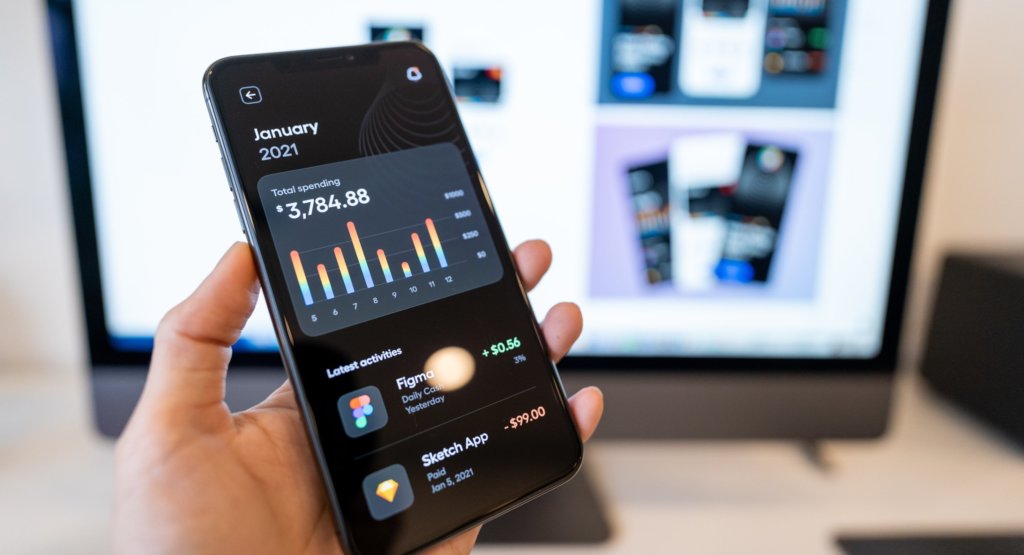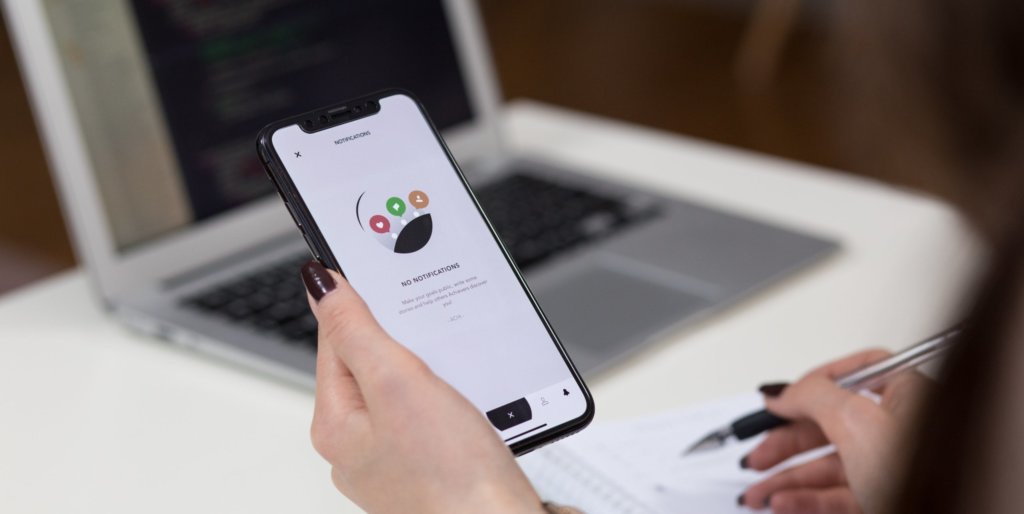
With a plethora of mobile health applications available on the market today, it can be hard to pinpoint an issue in mobile healthcare that hasn’t already been addressed. However, if there’s one thing we know about technology, it’s that it never stops evolving. And, mHealth applications are no exception to this evolution. To address this growing need, many businesses are shifting their sights to develop an MHealth app to complement their existing portfolio of services. For instance, we’ve seen a major uptick in organizations looking for local App Developers in Dallas to help develop their next mHealth app.
And for those looking for data around mHealth app adoption, in a 2020 study by Gallup over the use of mobile healthcare applications, it was found that nearly 45% of Americans have at least tried digital health products and about 1 in 5 Americans use these products on a daily basis. In other words, there is a rapidly growing demand for easy-to-use mobile health technology.
To kick-start your mHealth app ambitions, we’ve included three strategies in this article designed to help answer some of the common questions that accompany the early stages of mobile health technology development. With these strategies, we believe you’ll be able to break into the mHealth market with an app geared toward the advancement of mobile healthcare.
Determine Your Demographic

While figuring out the solution to an issue within the mHealth industry is arguably the most challenging feat of the design process, many healthcare providers often make the mistake of failing to identify their target audience. Consequently, most healthcare applications fail to garner success among patients.
In other words, determining who the intended users of your mHealth app will be is a necessity before the development process even begins. Will your target audience be older patients, or younger patients? Is your app designed to help patients with diabetes, or is it designed to help patients with heart ailments? These are all questions you can incorporate into the planning phase of your healthcare application.
With this information, you can then analyze trends within the target market to see what these patients like or don’t like. For instance, older patients will likely prefer an easy-to-use application with larger font and automated guidance. On the other hand, younger patients will likely be more tech-savvy and able to maneuver the app with ease. So, for this audience a more elegant design with added color is likely to generate positive feedback.
Speaking of a younger audience, incorporating games within your mHealth app can be an excellent way to garner success among younger patients’. Of course, the addition of gaming technology within an app designed for older patients may not be the most beneficial tactic, therefore, it’s important to understand your target audience and use this information to meet their healthcare needs.
Think Simple: Design an App That’s Developer-Friendly

In mobile app development, you’ve probably been told that your application needs to be user-friendly, which is true. However, we also advise you to ensure that your app is developer-friendly. In other words, your application’s infrastructure should be built much like a kit of building blocks; easy to take apart and replace when issues arise.
Let’s face it, there are going to be occasional bugs, security patches and software updates that you’ll have to deal with in your app. Unfortunately, that’s just how technology works. And, dealing with these issues is already challenging enough, so don’t make it harder on yourself by giving your app a tricky framework.
Rather, we suggest that using pre-developed frameworks and modifying them to fit your application’s needs, is a smarter strategy for being able to adjust the app later on.
This strategy is also an important factor to help ensure the sustainability and scalability of your application. More specifically, your app should be designed to seamlessly integrate new features and users. If the app fails to offer new features to meet the demands of your target audience, then these users will likely look for extraneous apps that offer advanced mobile healthcare tools.
Compliance Check: Ensure the App’s Security and Privacy

Since the healthcare industry is now a major target of cyber attacks, data security is a vital factor to consider when developing your mHealth application.
Consequently, we suggest that your mHealth app integrate tools like data encryption and industry-approved security measures into its framework to ensure that users receive the highest level of mobile security. Likewise, your application’s privacy policy should be readily available to patients who use your app.
Speaking of industry-approved data protection, mHealth apps that deal with sensitive patient information are required to meet HIPAA guidelines. To ensure that your application is in compliance with mobile healthcare standards, we suggest that you check out the HIPAA Privacy Rule over on the The Department of Health And Human Services’ website. The HHS has a number of online resources dedicated to educating mHealth app developers on how to comply with HIPAA standards.
Here at Dogtown Media, we’ve embraced mHealth application design. Let us know how we can help with your application needs.





